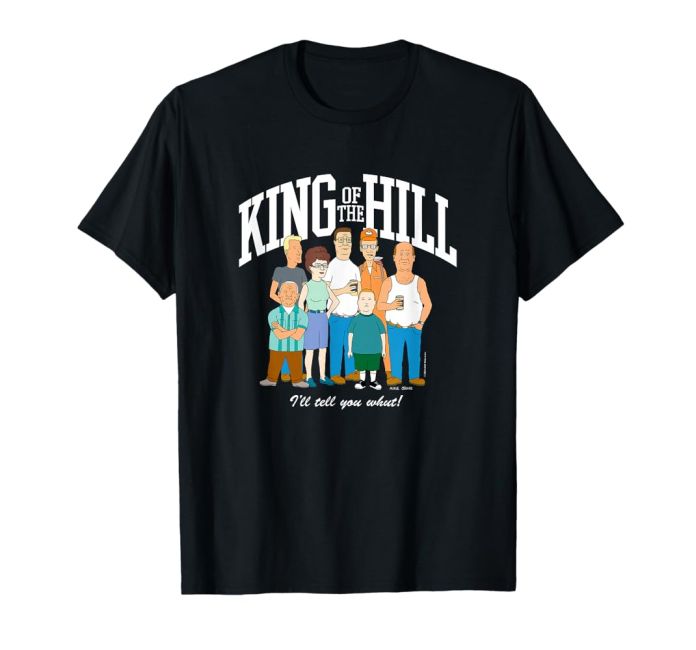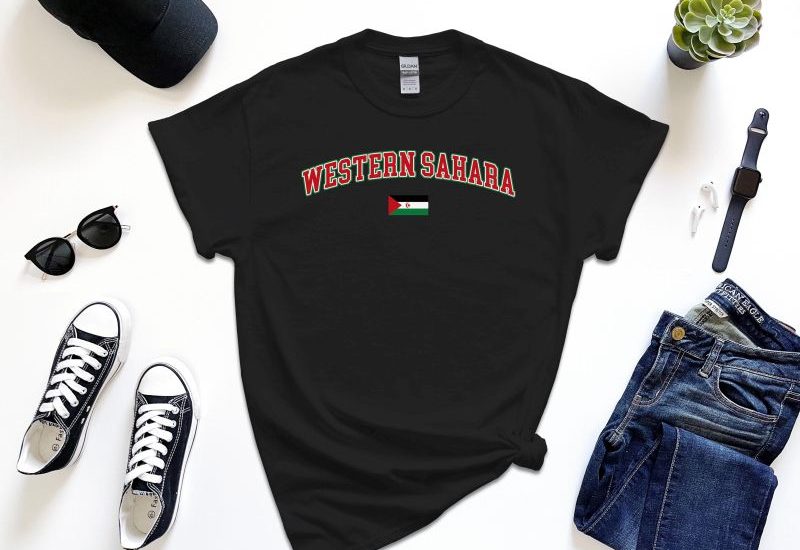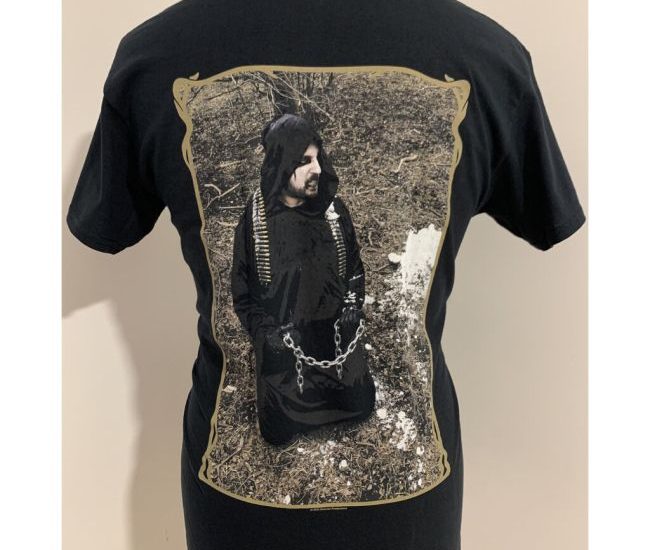Inside Look: The Story Behind King Of The Hill Official Merchandise
“King of the Hill,” the beloved animated television series created by Mike Judge and Greg Daniels, has left an indelible mark on pop culture since its debut in 1997. Chronicling the lives of Hank Hill, his family, and their quirky neighbors in the fictional town of Arlen, Texas, the show captured audiences with its heartfelt humor, relatable characters, and satirical take on suburban life. Even after its final episode aired in 2010, “King of the Hill” continues to resonate with fans worldwide. This enduring popularity has given rise to a thriving market for official merchandise that celebrates the show’s legacy.
The journey behind “King Of The Hill Official Merchandise is as fascinating as the series itself. For years during its original run, licensed products were relatively scarce compared to other popular animated shows. Fans had limited options when it came to purchasing items that showcased their love for Arlen’s propane-obsessed patriarch and his eccentric crew. However, this scarcity only fueled demand over time as nostalgia for “King of the Hill” grew stronger.
The resurgence in popularity was largely driven by streaming platforms that introduced a new generation to Hank Hill’s world while rekindling fond memories for longtime viewers. Recognizing this renewed interest, studios and licensing companies began exploring ways to meet fan demand through thoughtfully designed merchandise that honored what made “King of the Hill” so special.
The creation process behind official merchandise involves a deep understanding of both the show’s themes and its devoted fanbase. Designers often dive into specific episodes or iconic moments from the series to create products that feel authentic and meaningful. From Hank’s signature line about selling “propane and propane accessories” to Dale Gribble’s conspiracy theories or Bobby’s endearing antics, every piece aims to capture elements that resonate deeply with fans.
One standout example is apparel featuring memorable quotes or character-inspired designs—pieces like T-shirts emblazoned with “That boy ain’t right” or caps adorned with Rusty Shackleford references are not just clothing items; they’re conversation starters among fans who share an appreciation for these inside jokes. Similarly, collectibles such as figurines or enamel pins bring beloved characters like Peggy Hill or Boomhauer into tangible forms that can be displayed proudly.
Beyond nostalgia-driven designs lies another important aspect: quality control and ethical production practices. Studios often collaborate closely with trusted manufacturers who prioritize craftsmanship while ensuring fair labor standards throughout production processes—a crucial factor considering today’s conscientious consumer base.
Social media also plays an instrumental role in shaping modern merchandising strategies by fostering direct engagement between creators/brands & consumers alike . Whether it be sneak peeks showcasing upcoming releases , polls seeking input regarding preferred formats/styles etc .



